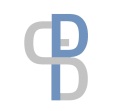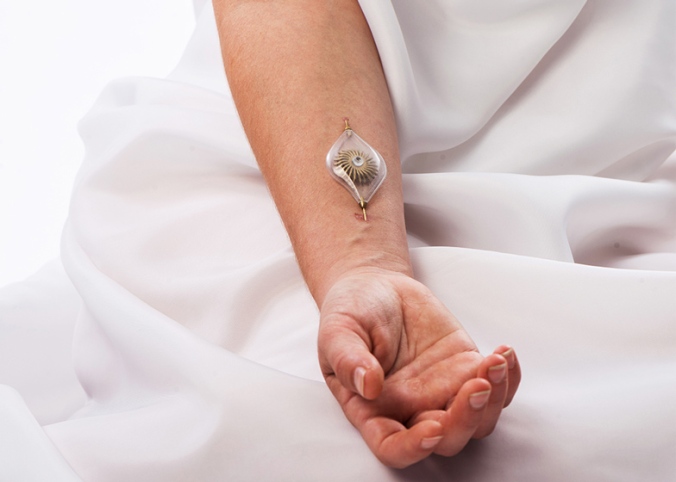How processes feedback can help businesses improve
 Picture: Kamenetskiy Konstantin/Shutterstock. Feedback*: the modification or control of a process or system by its results or effects
Picture: Kamenetskiy Konstantin/Shutterstock. Feedback*: the modification or control of a process or system by its results or effects
Highlight: “Drawing inspiration from how the body heals wounds…the team of researchers at the University of Bristol has been working with aerospace engineers to develop a system which is able to self-patch over small, almost undetectable cracks in the wings of planes while in operation…”
Insight: The power to self-heal is associated with living organisms. Without self-healing benefits species including ourselves would not live very long; a simple scratch would become life threatening. Applying the concept to the structural world could significantly alter the longevity of materials and systems.
Often damages in infrastructures occur as a result of progressive fatigue and worsens over time to gain scale (e.g. an opening fissure) which can lead to a catastrophic outcome. The key is to tackle the damage while it is still at a micro scale and developments in nanotechnologies can now make this possible.
The potential that self-healing materials could offer is tremendous, from applications such as safety critical systems (the airplane wing here presented is a good example of that) to difficult and dangerous to access areas like the core of a nuclear reactor or deep sub-sea infrastructures. In addition to improving safety, such self -healing technology could save significant amounts of money in reducing maintenance or repair costs…
These self healing principals can be applied to business strategy: Often manufacturing processes require ongoing maintenance, however sometimes certain developing failures are more visible than others. The point here is that if one does not see or know that a system is about to fail than no corrective actions can be taken. A good strategy is to evaluate where the risks are in a given system and to come- up with an adequate strategy that may involve a combination of manual checks and automation.
Lets illustrate the above point with the following case study: A large chemical company has a manufacturing facility in Vietnam. The processes involved in the manufacturing require extensive cooling systems. The water used for the cooling system is pumped from a nearby lake which does not cause any problems with authorities since the water is purified through the process and actually comes out cleaner than when it came in helping to clean up the river. However, the water is rich in minerals, bacteria and other elements which make the conductivity quite high. Without any adjustments, this water quality profile affects a range of parameters such as the acidity of the water. Overtime if left un-managed the pipes, valves, joints and other elements of the cooling system corrode an need to be changed frequently which is very costly and delays operations. While regular verification by the technicians help to manually adjust and clean up developing rust on visible elements, the management also decides to install a range of sensors which detect critical parameters such as acidity, conductivity and adjust to remain within safe limits through the automatic injection of chemicals. This self healing process saves the company over 30 million US dollars a year.
Are you faced with a system that requires difficult to observe critical parameters? If so, perhaps consider the above approach of combining manual checks with automated systems working on feedback* principles, this may save you time and money…
More information: here
What is Biomimetics: the field of gaining inspiration from nature first to solve some of our most difficult challenges. Instead of coming up with our own solutions to a problematic, the odds are that species or natural systems on the planet already offer an ultimate solution. This simple fact is also another strong case to preserve species at all cost as the intellectual heritage contained within or through the study of species is both irreplaceable and invaluable…

